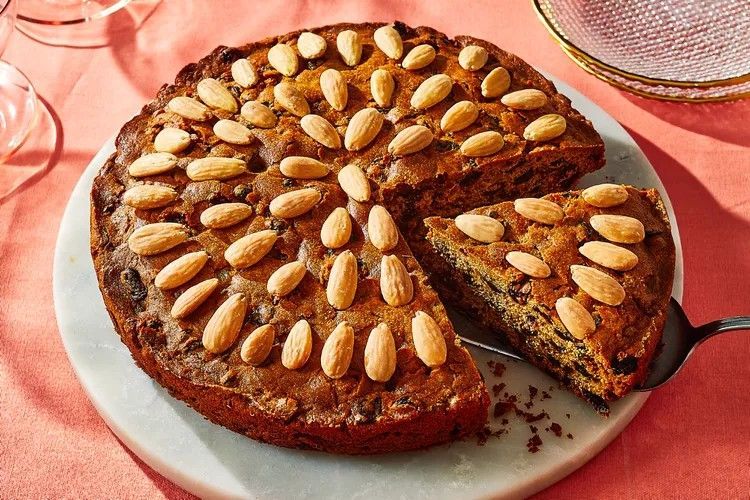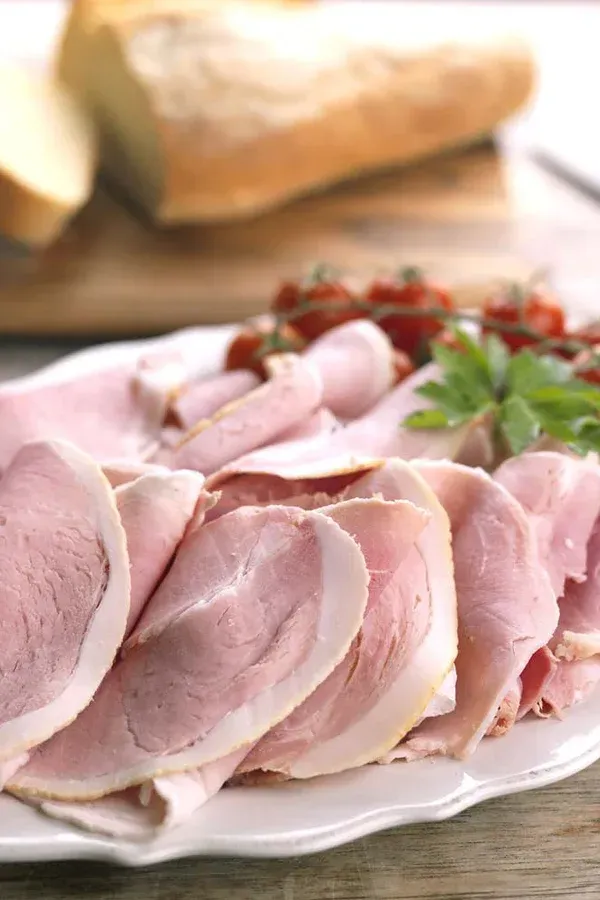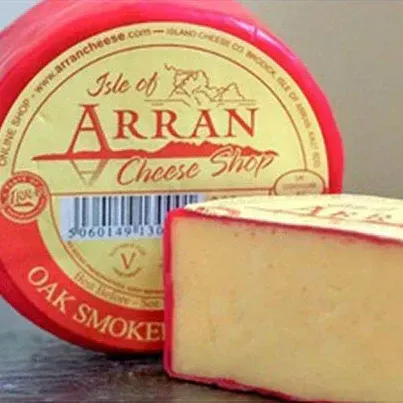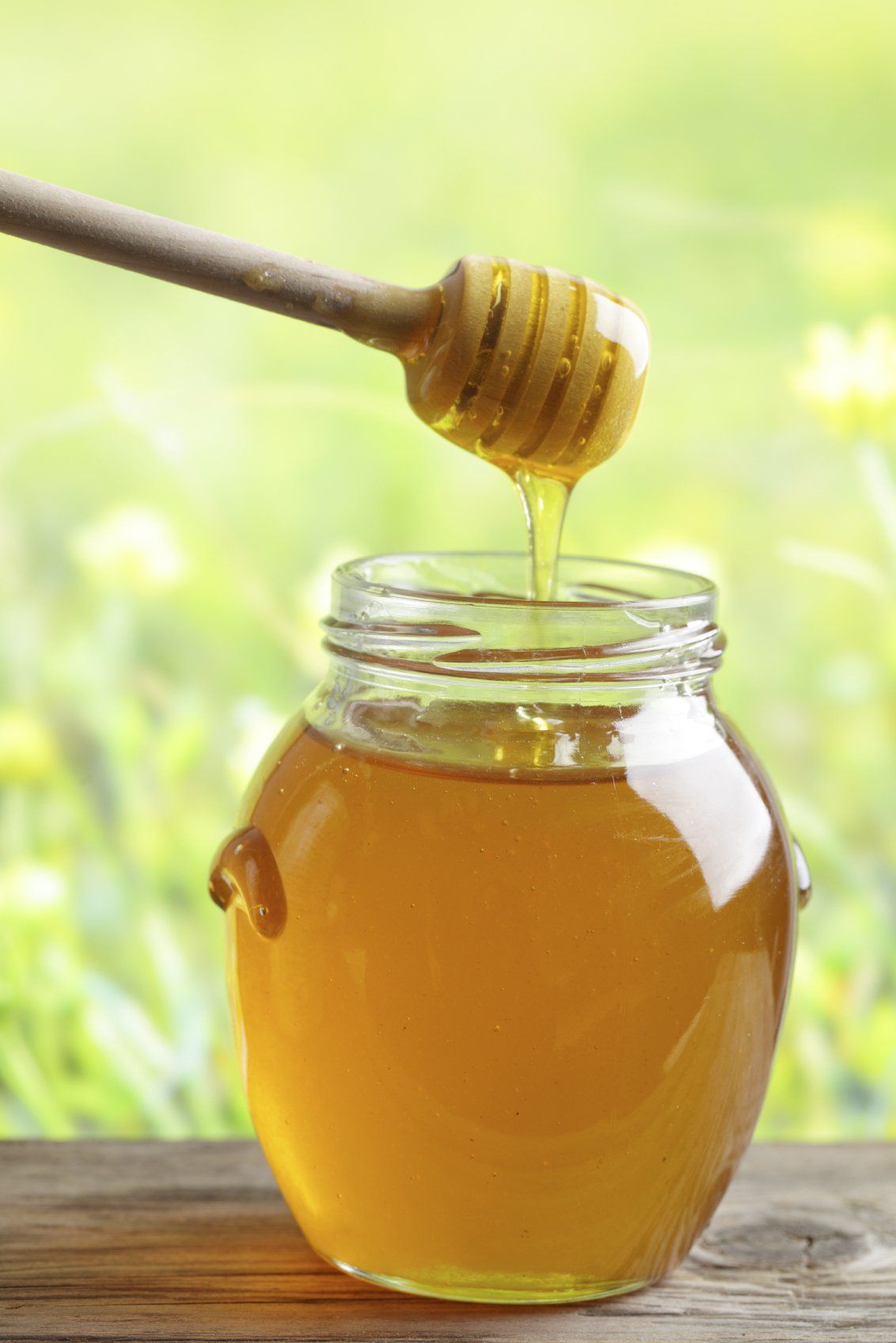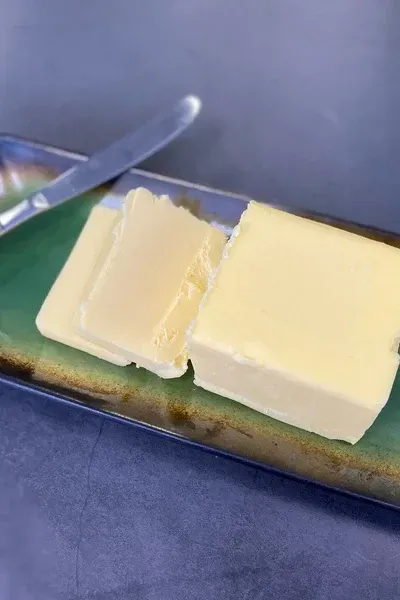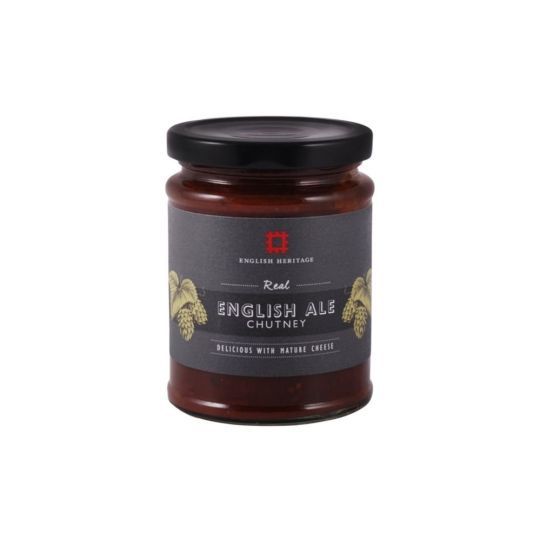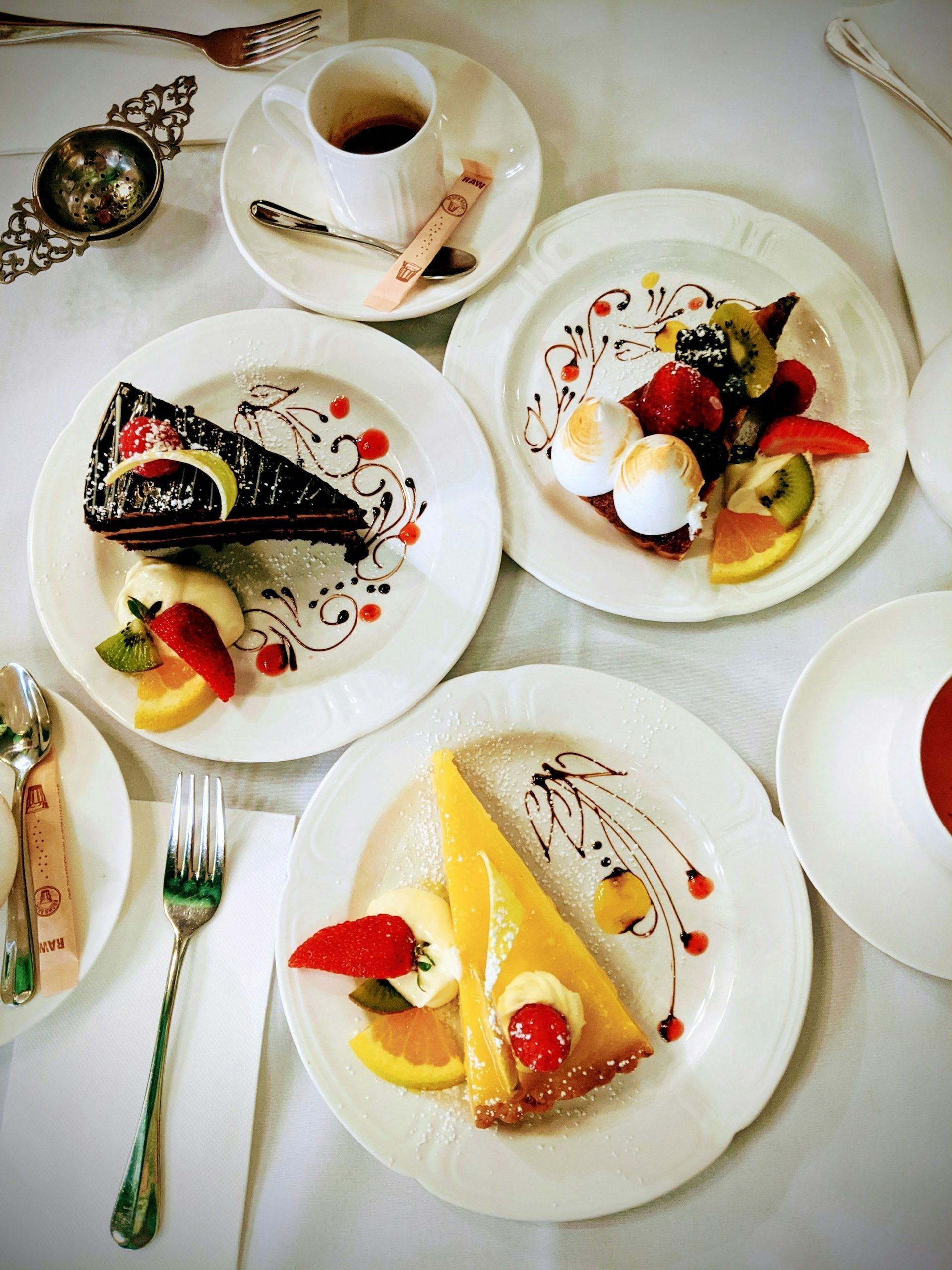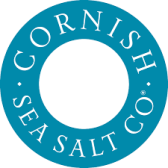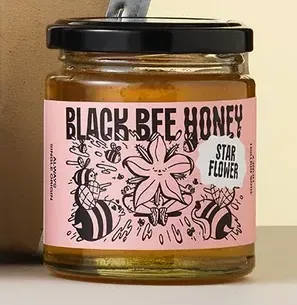Afternoon Tea
Afternoon tea was introduced in England by Anna, the seventh Duchess of Bedford, in 1840. About that time the Earl of Sandwich had the idea of putting a filling between two slices of bread. Anne, by adding cake created a gourmet treat. She began inviting friends to join her and so began a great English tradition
Image from Unsplash courtesy of Sebastian Coman Photography London
Tastes in Afternoon Tea around the British Isles
In London, Berkshire, Surrey and Sussex, custom will offer a choice of teas which may include Assam, a strong full bodied flavour, or perhaps Darjeeling an aromatic leaf with a hint of almond or wildflowers. A firm favourite would be Earl Grey a blend of black tea scented with oil of bergamot. A flute of Champagne will surely add sparkle to the eye.
The classic finger sandwich must include smoked salmon with cream cheese, exquisitely sliced thin cucumber, egg mayonnaise with cress, local farm fed coronation chicken and the piquant in the mix locally reared ham with mustard.
From Devon and Cornwall comes clotted cream with fresh jam to spread on delicious, crumbly scones, flavoured with sultanas. There is that wonderful decision to make, shall it be the cream or the jam first?
Photo by London based Ben Stein on Unsplash - Jam First.

Lancashire and Yorkshire people relish cheese with their afternoon tea especially Lancashire cheese known for its crumbly texture.
It is a young, bright white cheese with a fresh, slightly sharp, and tangy flavor. There's a sweet tooth too in this part of England; sultana scones with jam and cream all with a pot of steaming hot black tea.
Afternoon tea is not just popular, but developing into all kinds of different celebrations.
To help you decide here are some FAQs
Over time an etiquette developed around the style of Afternoon Tea.
Now its time to explore with William Hanson at the BBC the do's and don'ts of this wonderfully complex ritual, created in high society in the reign of Queen Victoria, perfection in every way. With thanks to Jamie Oliver for his expertise in how to bake the perfect crumbly scone; they will make the perfect addition to your Afternoon Tea.
12 Days of Christmas
Enjoy a pleasant Christmas shop among the treasures of old England where our great English tradition of tea has been wrapped in a delight of a gift set. Discover all your favourite Beatrix Potter characters dancing around the Christmas tree, our Peter Rabbit's Christmas tea tin with 40 English Breakfast teabags is the perfect Christmas gift.
Or drop into Winter Wonderland where our Season's Greetings Christmas Tea Tin depicts a quaint little gift shop scene on a lovely winters day. Highly collectable, this tea tin contains our delicious Afternoon Tea blend and makes the perfect gift to share with loved ones, family and friends.
Scotland and Wales do Afternoon Tea
with just that Dash of Difference
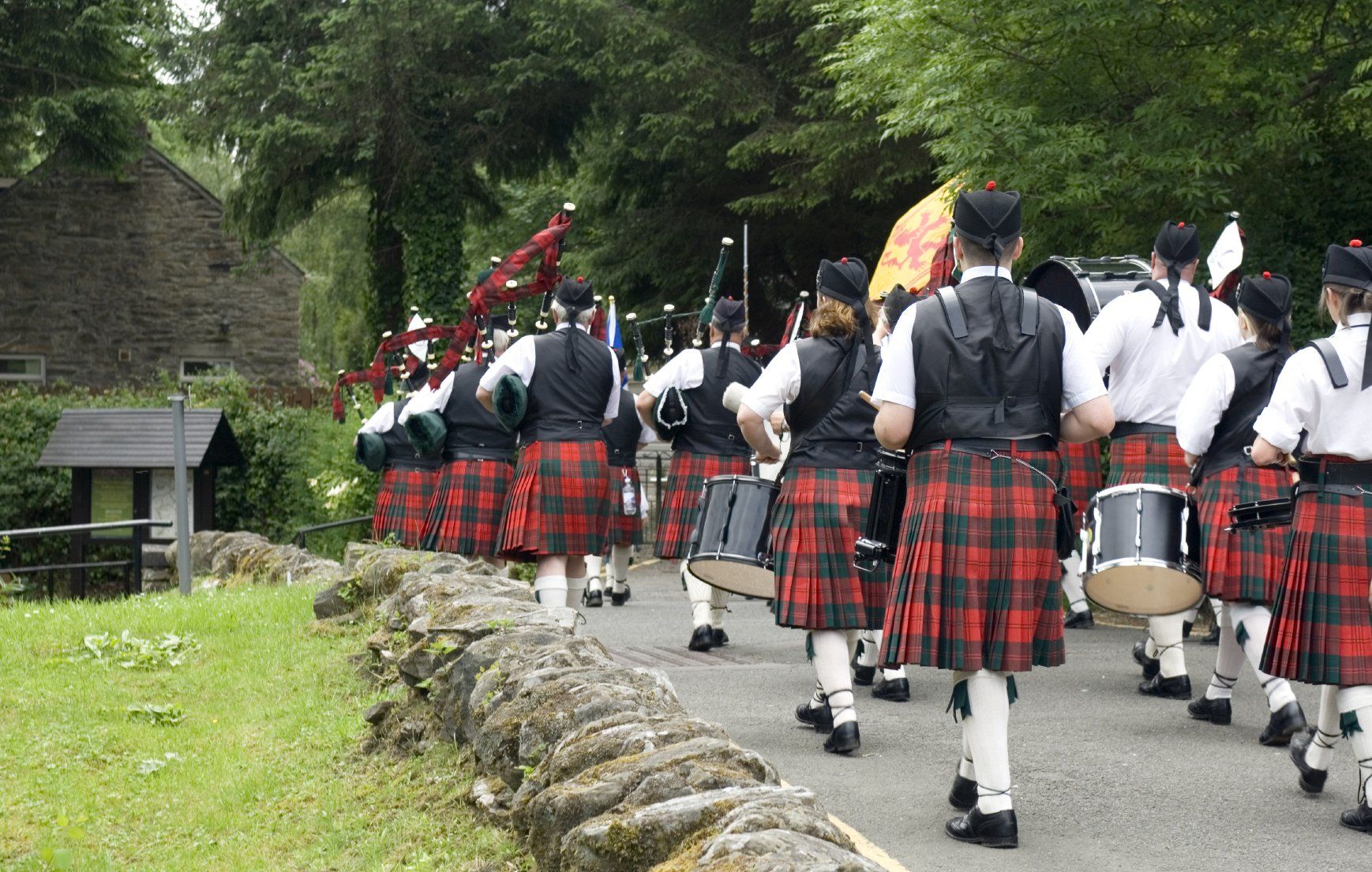
Photo by Filiz Elaerts on Unsplash
How is Afternoon Tea is done in Wales
Bara brith is a traditional Welsh tea bread flavoured with tea, dried fruits and spices served sliced and spread with butter with traditional Welsh tea.
For afternoon tea your serving will probably include jam, perhaps some clotted cream or a slice of cheese.
Image by zingyyellow from Wales Cymru UK
Welsh tea retains a strong affinity to the traditional strong black teas imported in the 18th century from Africa and India.
Glengettie, a firm Welsh favorite since 1952 was developed as strong tea specifically for Welsh miners its blend perfectly suited to the soft waters found throughout Wales
Welsh cakes are made from flour, butter or lard, currants, eggs, milk, and spices such as cinnamon and nutmeg.
They are a traditional sweetbread cooked on a cast iron griddle. Served either hot or cold perhaps with a dusting of castor sugar, or clotted cream and jam
Image by zingyyellow...wish I could bend space/time - Flickr: Welsh cakes
How is Afternoon Tea done in Scotland
A firm favourite of Queen Elizabeth II Dundee cake was created in Janet Kiellers shop in Dundee's Seagate around the 1790's.
It is said her ingredients were butter, sugar, lemon zest, orange zest, marmalade, flour, baking powder, eggs, milk, dried fruit, glacé cherries, candied citrus peel, currants, sultanas, ground almonds and, finally, blanched almonds for a decorative finish. Her marmalade founded a dynasty loved throughout the world.
Credit:The Spruce Eats / Cara Cormack
Afternoon tea in Scotland will almost certainly include shortbread, the most iconic Scottish biscuit, with a history dating back centuries.
The name "shortbread" refers to the high fat content, which gives it a crumbly, melt-in-your-mouth texture. It is traditionally made with flour, butter, and sugar, and can be flavored with vanilla, or lemon zest.
Photo by Heather Barnes on Unsplash

Scotland took to the new English fashion of afternoon tea in truly eclectic style creating a delightful variation on the traditional British afternoon tea.
Classic treats and Scottish specialties soon took centre stage. Naturally there will be finger sandwiches, scones with jam and cream, and a selection of cakes and pastries, all served with tea.
Scottish traditions, shortbread fingers, Dundee Cake and orange marmalade with whisky or blackcurrant preserve will be on the serving.
In 1892, Robert Drysdale introduced his own version of Scotch Tea Mixture called “English Breakfast Tea”—and it quickly caught on with customers all over England. By the end of the 19th century, English Breakfast was one of the most popular teas in England and America alike—and it remains so today. The traditional blend consists mostly of strong Assam teas blended with lighter Ceylon varieties—but every brand has its own unique twist on this classic recipe.
It is said that Queen Victoria during a stay at Balmoral enjoyed the blend so much, she subsequently took a supply with her when she returned to England, where upon it was renamed to became known as "English Breakfast Tea".
Credit: Brodies Mussselburgh/Tiree Tea
If you are fortunate enough to spot Cranachan Cake on your Scottish Afternoon Tea you are in for a treat.
Usually, Cranachan combines oats, whisky, honey, raspberries and cream. Traditional Scottish Cranachan has its roots in both the raspberry harvest in June, and in crowdie, a type of fresh, soft curd cheese traditionally made on small holdings and by crofters on the Scottish Highlands and islands.
Crowdie itself has a long history, right back to the Viking and possibly Pict eras.
But for this recipe, for simplicity, Laura is using ordinary double cream.
Image:
lauramadeleine click her name for the recipe
We have curated a small but delicious confection for you to create at home
Really, could there be anything more quintessentially English than afternoon tea. Throughout the British Isles people have adapted this delightful pastime according to local taste and fashion.
From the bone china tea set, to the choice in teas we have assembled a selection of delights that would grace every table.
We hope you will enjoy these afternoon treats, but, just in case you want to sample the best of of afternoon tea in England, Scotland or Wales our partners have all the exquisite moments you could wish for.
Sandwiches form the essential of your creation
Your afternoon tea creation should include up to four different fillings. Favourites include egg and cress with exquisitely thin cucumber, smoked salmon with cream cheese, together with a choice cooked meats. Choose your fillings from our selection sometimes French, perhaps Italian, even a choice of Spanish although there are lots of British options too including Steelhead Trout, commonly known as Rainbow Trout it has a versatile texture
Now it is time for the final addition additions to your classic Afternoon Tea, a selection of cakes, to accompany those delicious scones with cream and jam. We are starting you off with a selection of delicious flapjacks
Apple & Blackcurrant Flapjack
Choose between a pack of three or six giant flapjacks. Gluten free, no palm oil and vegetarian. 62 Five Star Reviews
From
£14.00
Clotted Cream Fudge Flapjack
Choose between a pack of three or six giant flapjacks. Gluten free, no palm oil and vegetarian. 41 Five Star Reviews
From
£14.00
Eton Mess Flapjack
Choose between a pack of three or six giant flapjacks. Gluten free, no palm oil and vegetarian. 4 Five Star Reviews
From
£14.00
Milk Chocolate Orange Flapjack
Choose between a pack of three or six giant flapjacks. Gluten free, no palm oil and vegetarian. 14 Five Star Reviews
From
£14.00
Our partners Flapjackery hail from deepest Devon where they bake over 20 delicious flapjack choices. Each flapjack is from an award winning family, all made from local natural ingredients. Choose how you want them to be boxed or gift wrapped, or make up your own luxury flapjack box. Rated Five Star by 2044 Customers. Free delivery for orders over £75.00
A Scottish and International Cheese Selection
for the Gourmet Palate
Campbells have a great online variety of Scottish Cheese for you to purchase with your order today including a selection of Arran Cheddar Cheeses*, Highland Morangie Brie, Highland Black Crowdie and Highland Blue Murder. Due to customer demand down the years Campbells have curated a choice range of Foreign Cheeses too, including the distinctive Danish Blue Cheese and Austrian Smoked Cheese.
Campbells Meat offers a selection of delicious gourmet cheeses from Scotland and around the world.
Christmas is just around the corner, but you needn’t panic! Campbells have you covered with our Christmas Hamper Cheeseboard, which contains a variety of the cheeses available in our online store, including some cheeseboard classics like Blue Stilton and Camembert. Christmas wouldn’t be right without a cheeseboard after Christmas Dinner.
Buy your cheese online with Campbells Meat and get it delivered directly to your door.
Black Crowdie Cheese
Highland Fine Cheeses Black Crowdie
Similar to Caboc, differing in that Black Crowdie is made from single cream and is rolled in crushed black pepper, as well as the pinhead oatmeal. Black Crowdie is also known as "Gruth Dhu", "Dhu" meaning black and "Gruth" (or "Crowdie") meaning "Curdy", a cheese made from cows milk mixed with cream.
A creamy buttery cheese with peppery kick.
£3.75
Weight 110g Serves 20
23 reviews
Scotland's Oldest Cheese
Highland Fine Cheeses Caboc
Deliciously light and with a lemony tang, Caboc is made with double cream of pasteurised cows milk without rennet, then rolled in toasted pinhead oatmeal.
Scotland's oldest cheese, made since the 15th century. Family owned Highland Fine Cheeses of Tain, Rosshire produce cheese unique to the Highlands.
£5.25
Weight 110g Serves 3
33 reviews
Oak Smoked Cheddar Cheese
Arran Oak Smoked Cheddar Cheese
Oak smoked over whisky barrel shavings for a powerful cheddar cheese.
The Islands Cheese Company on the Isle Of Arran make traditional cheddars, skilfully crafted with a range of natural flavours and milk from local farms. A family business in the home farm of Brodick Castle.
£6.50
Weight 200g Serves 6
19 reviews
Who better than Jamie Oliver, Britain's best loved chef to provide us with his recipe for home made scones, perfect for that essential addition, jam and cream, or, if you prefer, cream and jam. Sit back and enjoy a short, very entertaining and mouthwatering few minutes whilst Jamie takes us through his recipe, and in an amazingly short time, his oven baked scones are ready to eat.
Black Bee Honey is named after the British honey bee, which after nearly dying out, is slowly making a comeback. Black Bee Honey, a B Corp Company, is committing 2% of turnover to create 1000 acres of meadow.
Each variety is single-source and British, supporting both our bees and their keepers. And when it comes to the honey, our mantra is ‘the bees know best’. Once the honey is selected, it’s left well alone. Any impurities are simply filtered and the honey is jarred. Just as the bees intended.
Pairing Cheese with Honey
Honey and cheese make a classic pairing, with the sweetness of honey complementing the savory flavors of various cheeses.
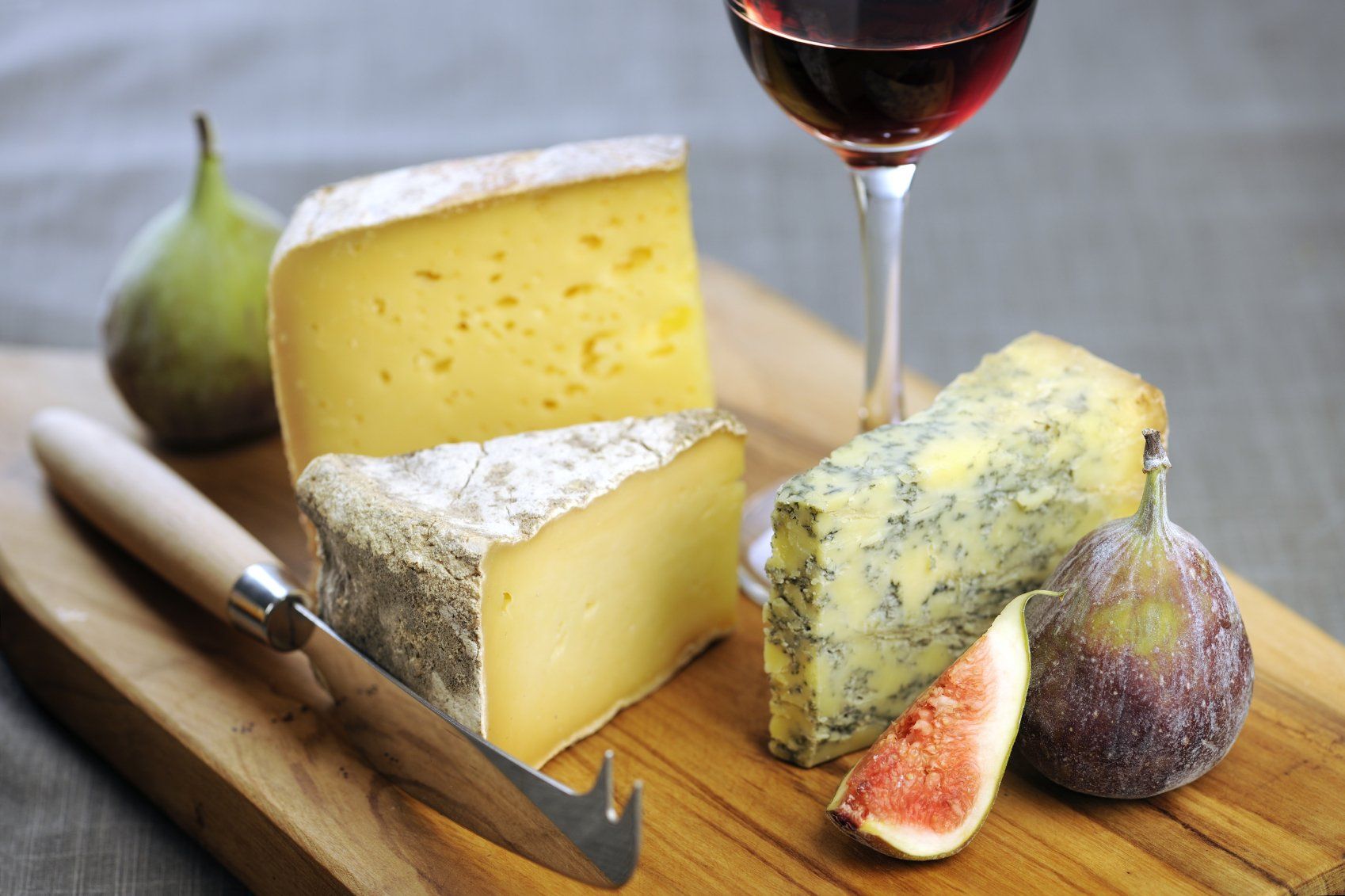
Honey enhances the taste of cheeses, especially mild and creamy, sharp blue, aged, or tangy and acidic varieties. It's a simple yet satisfying combination, with the sweetness of honey cutting through the saltiness and richness of the cheese.
Source: Paxton and Whitfield London Cheesemakers since 1797
Afternoon Tea with a Twist
People the world over have taken to the idea of Afternoon Tea. It has been described as the new "Happy Hour" in some countries. Wherever people meet to enjoy this delight, the etiquette is firmly established with the best bone china, crisp napkins, a table of food to delight the eye.
But the food itself is changing as exotic cuisine finds its way into the afternoon. Wait one! We've created a new page for you
here
Afternoon Tea confECTIONS
From English Heritage
A collection of treats for your afternoon tea parties, or as ingredients for your very own preparations. We have included reviews to show how much people enjoy these unique flavours.
Victorian Way Bone China Tea Set
- Tea Pot - £80
- Cup and Saucer - £45 per set
- Milk Jug - £20
- Sugar Bowl - £22
Order each item individually




